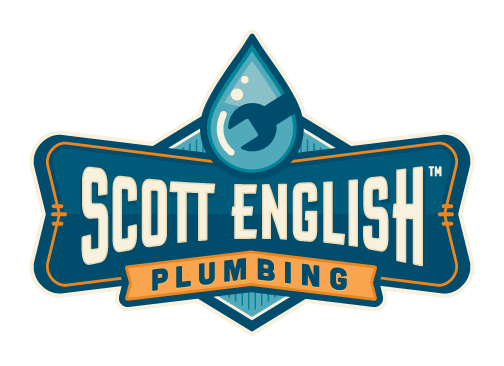Spring Plumbing Tips
The onset of springtime is a reminder that it is time for spring cleaning, that yearly routine of washing walls, getting out the window screens, and freshening up our homes. You may not know that spring cleaning time is also a good time to do an annual check of the plumbing in your home. Here are some spring plumbing tips that can keep your home’s plumbing system in tip top shape.
Bathrooms and Kitchen
The bathrooms and kitchen are good places to start when you do your annual plumbing check. Here are some important items to look at:
-
- Faucets. Make sure that your faucets aren’t dripping or leaking. Even a small drip can add up to a lot of wasted water when it drips continuously over a long period of time. Fixing a leaky faucet is often as simple as replacing the O-rings and washer.
-
- Install strainers on all your drains to prevent the drains from being clogged by hair or soap.
-
- Check your toilets to make sure there aren’t any undetected leaks. You can easily check your toilets for leaks by adding a few drops of food coloring to the water in the tank. Wait 30 minutes, and then look at the water in the toilet bowl. If you see any of the food coloring in the toilet bowl, that means that you have a leak.
-
- Look closely at both the toilet bowl and the tank for any visible cracks.
-
- To prevent water supply valves from sticking, rotate them back and forth a few times.
-
- Check whether the toilets are flushing properly. You shouldn’t have to hold the handle down for a long time or jiggle the handle after flushing. If you notice either of these problems, it’s probably time to replace the parts inside the tank. You can get an inexpensive kit at the hardware store to make this simple repair. This small investment of time and money will have a nice effect on your water bill.
-
- Clean your shower head and faucets to get rid of buildup. This is a very simple task. Fill a sandwich bag with vinegar, and hold it around the faucet or showerhead so that it is immersed in vinegar. Use a rubber band to attach the bag of vinegar, and leave it overnight. Remove it the next morning, and your faucets and showerheads are clean.
Appliances
A routine check of your appliances will save money on your utility bills and prevent bigger problems from developing. Follows these steps:
-
- Adjust your water heater setting so that it is set to a maximum of 120 degrees for optimum energy use.
-
- Examine the supply hoses on your washing machine, dishwasher, and ice maker. If you see any leaks or bulges, the hoses should be replaced. It’s also a good idea to replace hoses that are more than 10 years old, regardless of wear.
-
- Clean out the lint trap in your washer and dryer.
-
- Check your sump pump by pouring several buckets of water into the sump pit. The sump pump should kick on right away, empty the water, and turn off.
These routine maintenance tips should keep your plumbing in good working order. If you need assistance in caring for your home’s plumbing or you encounter a problem, contact Scott English Plumbing. Scott English Plumbing offers 24 hour emergency service, so they can quickly respond to problems. They also provide routine service, including sewer and drain cleaning, plumbing inspections, backflow testing, and more. All of these services come from a company with 19 years of experience, so let Scott English Plumbing handle all of your plumbing concerns.
